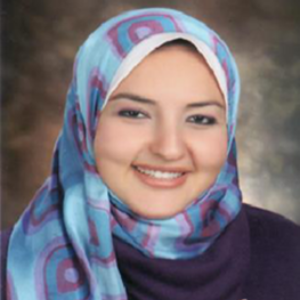Title : Modeling neuroimmunological interactions in ischemia-reperfusion using human 3D multicellular blood-brain barrier organoids
Abstract:
Introduction:
Brain microvascular endothelial cells in the CNS develop special barrier properties that help maintain CNS homeostasis. Ischemia-reperfusion injury is a serious neurological disorder involving blood-brain barrier (BBB) disruption with acute ischemic events and worsening neurological events with reperfusion and immune cell infiltration. Studying the cellular events at the BBB interface is extremely important for the development of immunomodulatory strategies to treat ischemia-reperfusion and stroke injury. In-vitro BBB models containing all elements of the neurovascular unit allow high and efficient throughput screening of potential drugs and facilitate their translation to in-vivo preclinical and clinical investigation. This study evaluated a 3D human BBB model (Goodwell Nzou et al. 2018, Scientific Reports) for its ability to recapitulate the effect of Ischemia-reperfusion injury on the BBB tight junctions, permeability, and immune cell transmigration.
Methods:
Organoids were incubated in the hypoxic chamber for 12 hours in low glucose DMEM media and were returned to room oxygen/5% CO2 incubators with normal exchanges of media for another 72 hours. The following experiments were conducted for each exposure (Hypoxia alone and Reperfusion for 24, 48, and 72 hrs.) vs. control: 70 kDa permeability assay, Live, and dead assay, ATP assay, staining for reactive oxygen species and hypoxia, qPCR for quantification of tight junction and cell-adhesion molecules expression, and transmigration of activated CD4+ T-cells under hypoxia and reperfusion. To evaluate the effect of anti-adhesion molecules on the transmigration process, an anti-Human ICAM1 blocking antibody was incubated with the organoids for 1 hr. prior to transmigration.
Results:
Hypoxia was induced by incubation under OGD conditions for 12 hrs. Confirmed by qPCR, ROS levels, ATP analysis, Permeability assessment, and live and dead assays. Reperfusion was partly recapitulated by the second phase decrease in viability, increased permeability, increased transmigration, and an increase in TNF-α and MMP-9 gene expression. Blocking with Anti-ICAM1 decreased transmigration within 48 hours. Reperfusion suggests that blocking cell adhesion might help alleviate the brain insult in reperfusion injury.
Conclusion: Our 3D blood-brain barrier model recapitulated the expected biological changes in ischemia and reperfusion and demonstrated modulation of cell adhesion molecule expression and functional effect on immune cell transmigration across the BBB. The 3D BBB model represents a potential tool to model neurological insult in Ischemic stroke and test/screen for effective immune cell-blocking therapy to ameliorate the serious consequences of reperfusion injury.
Audience Take Away
- Importance of 3D models in modeling serious brain/ neurological disorders
- 3D models could accelerate the translation of many therapeutics into clinical trials
- Potential of immune cell blocking therapy in treating neuroimmunological disorders such as multiple sclerosis or ischemia-reperfusion injury and much more
- The increasing role of the regenerative medicine field to complement the understanding of the molecular basis of neurological disorders and test potential therapeutics




